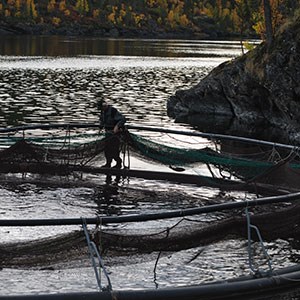The overall goal of the project is to develop a technical system for recovering manure and feed residues (particulate waste) from the cage-based aquaculture in Sweden. This can eliminate the loss of nutrient-rich sludge to the surrounding environment and the risk of sediment accumulation during cultivation while at the same time utilizing the nutrients as fertilizer in plant cultivation.
The project also includes a biological evaluation of the waste as a fertilizer, to study legislation, calculate investment and operating costs and to make recommendations to growers and authorities. The project also includes evaluating whether different feed technology solutions can increase recapture rate by changing the structure of the faeces.
An important side effect is that the project, through its design, ensures future competence and collaboration in both the cultivation industry and the academy and creates opportunities for a more objective dialogue between growers, authorities and the public while contributing to a more environmentally friendly circular food production.
The project is part of SLU's work on circular food production for fish, where the work in this project is linked to our work on new and local feed raw materials, read more about this work. The goal is to grow fish without importing more nutrients into the Baltic Sea watershed/catchment area. In the process the project produce knowledge in support of new work opportunities as well as a way to enrich unnatural oligotrophic hydropower dams of Northern Sweden, while producing a world class food commodity in the form of farmed rainbow trout and Arctic charr.
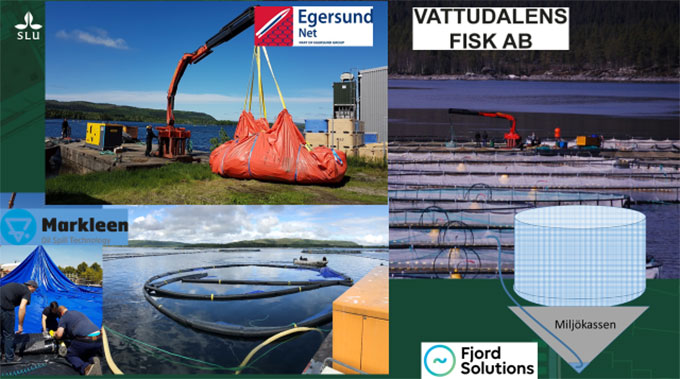
Pictures on the left show transport and unloading of the pilot model of the particle capture unit with a perimeter of 100 m, designed by Fjord Solutions and manufactured by Egersund Net (photo Nathalie Edvinsson/Iivari Valli, Vattudalen's Fish). The picture to the right shows Vattudalen's Fish, where the pilot is now being evaluated, which includes both efficiency, optimization of catchment system and technology for daily operations (photo and sketch, Anders Kiessling).
In addition to reduced leakage of nitrogen, phosphorus and carbon, several positive so-called "spin-off effects" are anticipated, such as a reduced risk of transmitting infectious diseases between farmed and wild fish, where particles from the farm can work as vectors for patogenes. The work is done in close collaboration between academia, the aquaculture industry and consultancy expertise.
The work is divided into 5 integrated work packages led by a steering group consisting of SLU (project manager), Egersund Group AS, Sweco and Vattudalen's fish. An advisory group consisting of cultivation expertise from Sweden (Matfiskodlarna) and technical and biological expertise from NMBU (Norwegian University of Life Sciences). Through the main partners the project has access to a global network and the broad competence of Norwegian salmon industry.
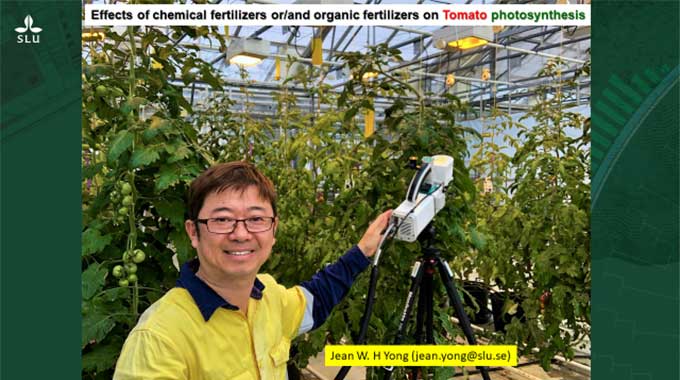
The manure from the "environmental cage" will be tested for its biological activity at SLU Alnarp under the guidance of Professor Jean. W. H. Yong.
A key question for the project is whether a recapture of particular waste can create room for expansion of the farming industry in Sweden. Properly sized and located fish farming contributes to both jobs, production of good and healthy food, while the natural production in surrounding water can be stimulated where it is currently decreasing. This without changing the water status classification or violating applicable standards. In addition, the waste can be recycled and the industry used for, for example, fertilization of forest and agricultural production.
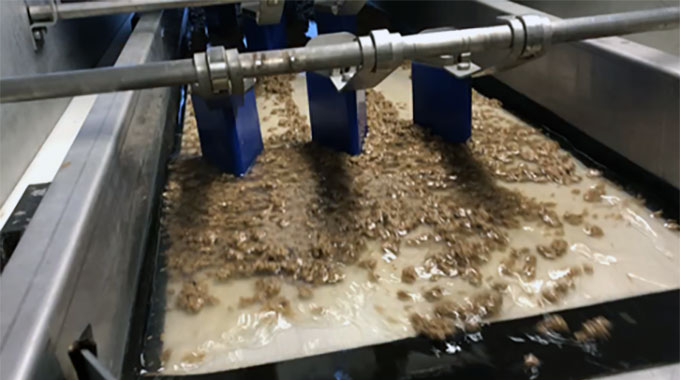
Manure and feed residue from the cage is here seen on its way into the drainage belt (photo Emanuel Manne Hellgren, Sweco).
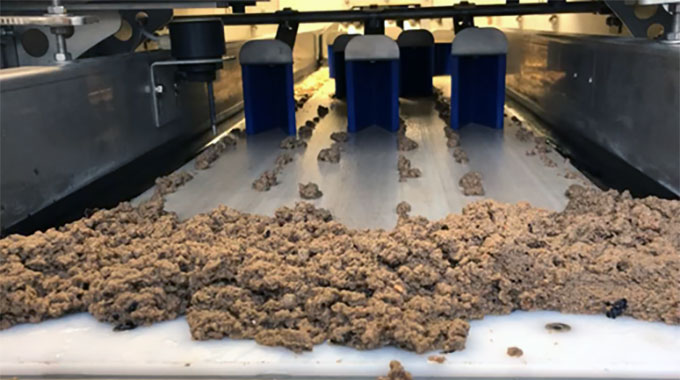
Drained manure and feed residues after passing the drainage belt (photo Emanuel Manne Hellgren, Sweco).
The project also aims at increased economic efficiency through improved feed utilization as well as a reduced infectious risk both inside and outside the farm. All in all, this could increase the competitive advantages for fish farmers in Sweden. With increased knowledge and a reduced environmental impact, there is also great potential for simplified decision-making permit processes and increased production volumes for both new start-ups and already established farms.
